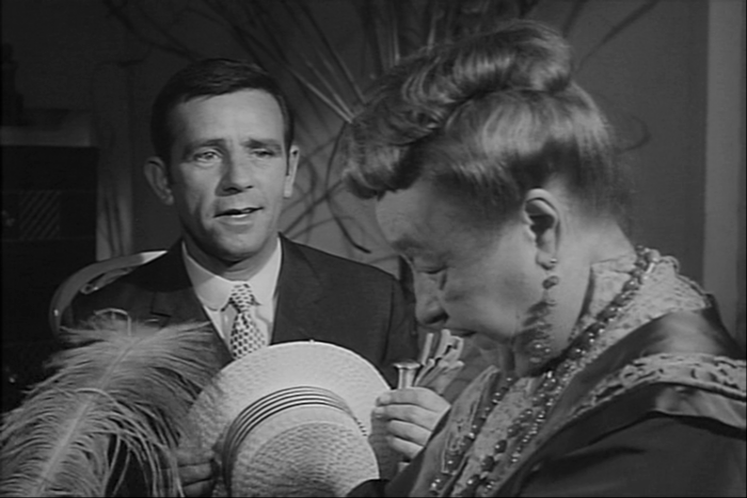
THE GIRL ON THE BOAT is Norman Wisdom doing PG Wodehouse… an alarming thought. The only feature of TV director Henry Kaplan, it’s never awful but never actually funny, either. Wodehouse so rarely works on the screen, but always works, gloriously, on the page. Why is this? True, a movie adaptation perforce loses the immortal comic prose, but you still have the delirious plotting, delightful characterisation and delectable dialogue. “Plum” successfully wrote plays. But there are almost no effective movie or TV versions. This one has good people like Richard Briers, Sheila Hancock, Bernard Cribbins, Reginald Beckwith and Peter Bull. The costumes and art direction are really nice. Wisdom does his best to blend in, and isn’t bad. But nothing catches fire. It just lies there like Laurence Harvey.

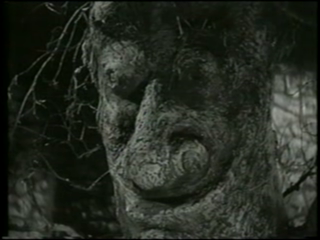

OLD MOTHER RILEY’S GHOSTS is one of the original run of OMR films. It was perhaps unfair to judge Arthur Lucan by his last “romp” — the CARRY ON and ST TRINIAN’S series had dismal final entries too. So now I’ve viewed a dismal early entry. I warmed to it slightly — it’s SO sloppily executed it has a kind of majesty. A lightning bolt goes off and makes no sound. Lucan has a weird random way of alternating explosive violence with wholly inappropriate underplaying. Responding to spooky trees a la SNOW WHITE, he just sits there, an unsuitable context in which to attempt the Kuleshov effect. Was the “impressive” castle set built for some other forgotten no-brow epic? It does look like John Gilling’s efforts, in VAMPIRE, to make this front cloth act “cinematic” was misguided — filmed as flatly as possible, the off-the-end-of-the-pier patter routines feel at home in their own squalor. The wretched filmmaking is actually funny.
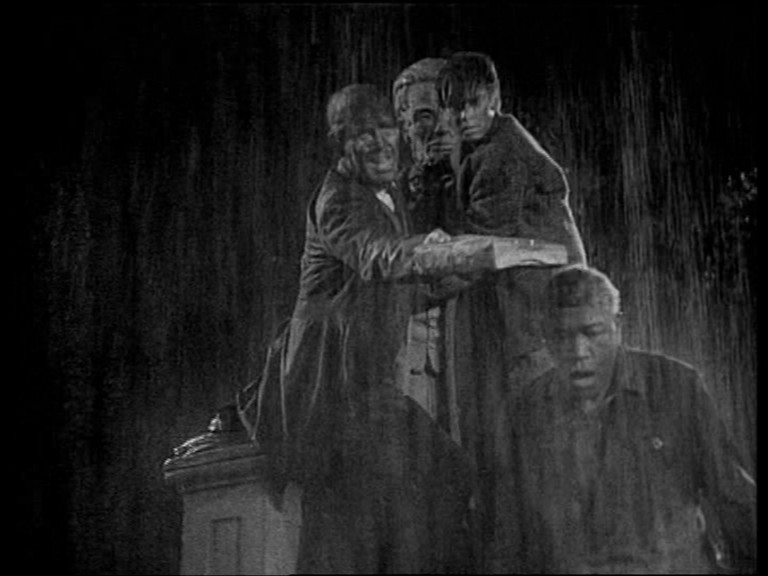
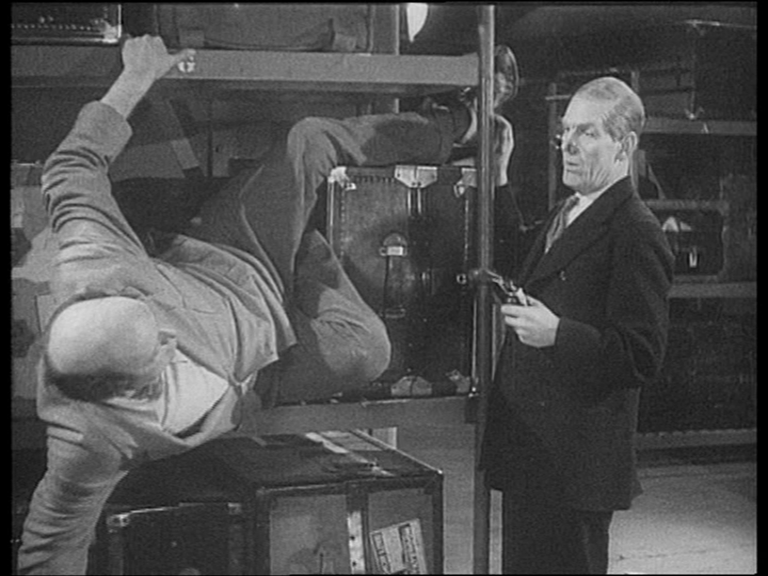

Not certain whether HEY! HEY! USA! was Will Hay’s attempt to crack America or if someone just thought making this English archetype butt up against Chicago gangsters would be fun. It mostly is — Hay is teamed with Edgar Kennedy (!) and there’s a brat-kidnapping scheme which fails to get into Ransom of Red Chief terrain but involves one of the Bupp kids (Sonny Bupp is the one who plays young Charles Foster Kane — this is a different one). Charley Hall, another Laurel & Hardy foil, turns up briefly, and despite his years in America talks as if he’s never HEARD an American accent. A heavy race element rather spoils this one — Hay cluelessly uses the “n” word, and most of the cast gets accidentally blacked up inside a factory chimney before “blending in” with an emancipation march. The closest this gets to satire is Hay shouting advice to the cops who come to nab the mobsters: “Don’t hit him, he’s really coloured!”

ASK A POLICEMAN is one of Hay’s “classics” — it’s pretty good, another GHOST TRAIN knock-off, but interesting in the way they show the trio of rural cops (dream team Hay, Marriott and Moffat) as not only incompetent but crooked. Crooked cops in a British movie of the era would be pretty unusual, I think, and the censor even had, I think, rules against this. But, I suppose, as with Wodehouse’ descriptions of a servant who’s smarter than his boss, what seems like satire probably isn’t — the message in both cases is “How absurd!” The premise of a small town with no crime eerily anticipates HOT FUZZ, and the sinister local businessman of that film MIGHT stem from the semi-remake, original co-writer Val Lewton’s THE BOYS IN BLUE. Hard to be sure with Edgar Wright, who has seen lots of obscure stuff but seems to have gaps in his knowledge (as do we all).
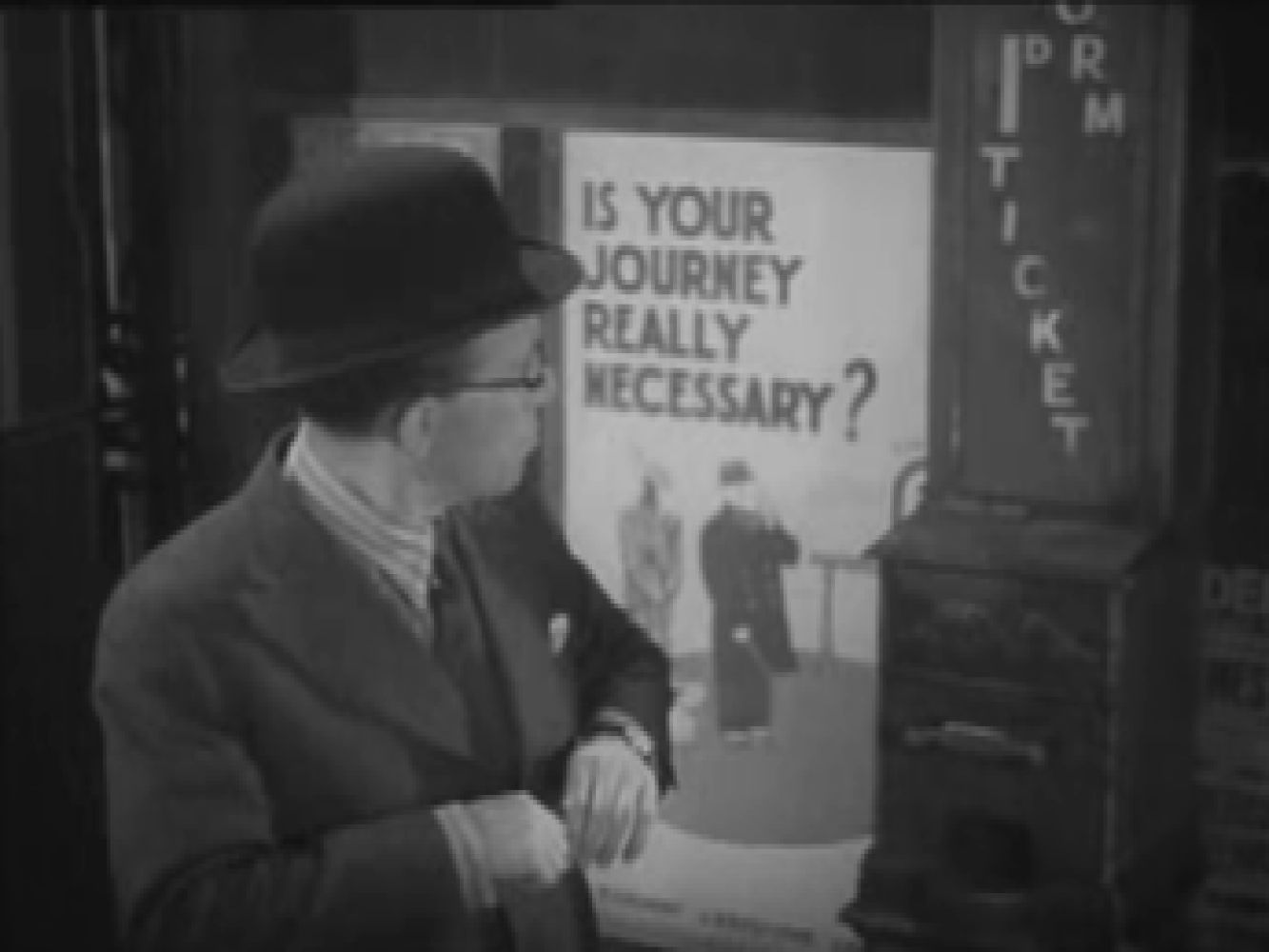
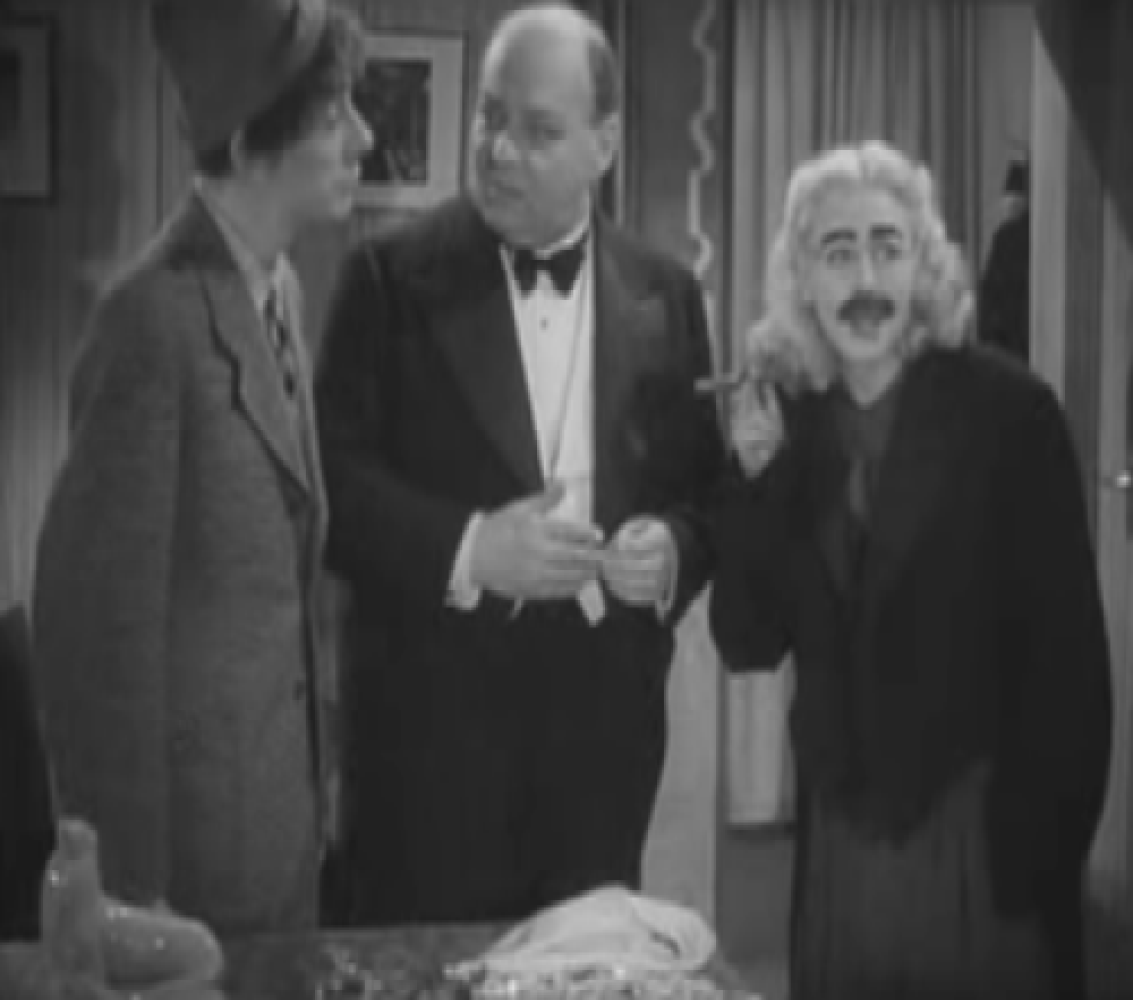
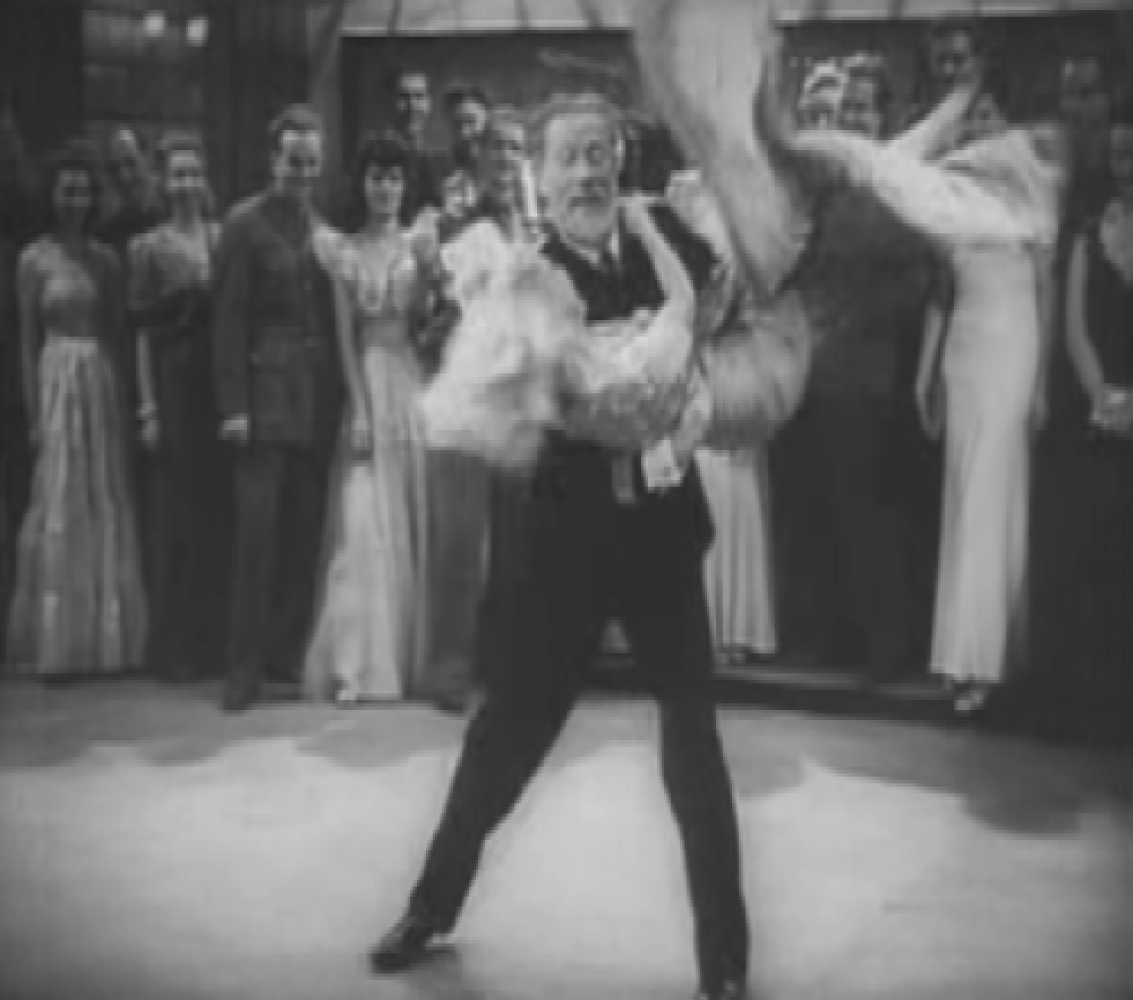
MISS LONDON LIMITED was Val Guest’s first film as director, an Arthur Askey musical with some ambitious crane shots during the songs, but a rather open-plan blocking style — no reverse angles, everything one way, a slight sense of a proscenium just out of view. Richard Hearne (Mr. Pastry) jitterbugging is pretty great. Guest shows his hand by having his leads impersonate the Marx Bros, his clear inspiration in so much of his patter comedy. But Askey and co, very talented in their own way, are no Marxes.

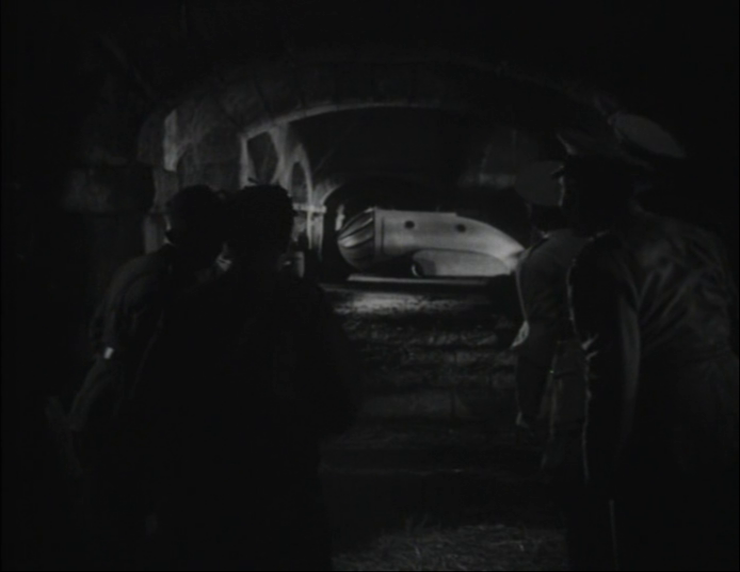
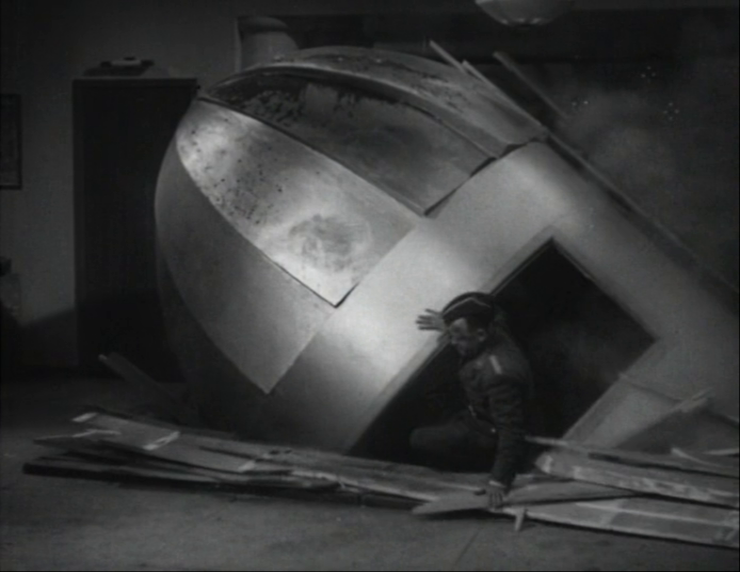
GASBAGS — the Crazy Gang in wartime. As the author of a novel with a WWII German drilling machine, and a (forthcoming) novel with multiple Hitlers, I had to like this a bit as it has both. There’s some good surreal plotting, also some cringey laughing-at-concentration-camps stuff, and the Gang still don’t make sense to me as a comedy team. Too many of them, they’re all alike (all crazy — you could swap their dialogue around and it wouldn’t matter). Moore Marriott appears in this one as his usual toothless duffer character. They do kill the odd Nazi, though, which is gratifying. Will Hay’s THE GOOSE STEPS OUT was a little too merciful. Extra points for scene where an irate “fish and chip saloon” customer demands to know what species of fish this is he’s eating, and Bud Flanagan retorts “How do I know? Who do you think I am, Sir Bernard Spilsbury?” A joke apparently intended just for me, because I know that SBS was a senior forensics expert of the day.















